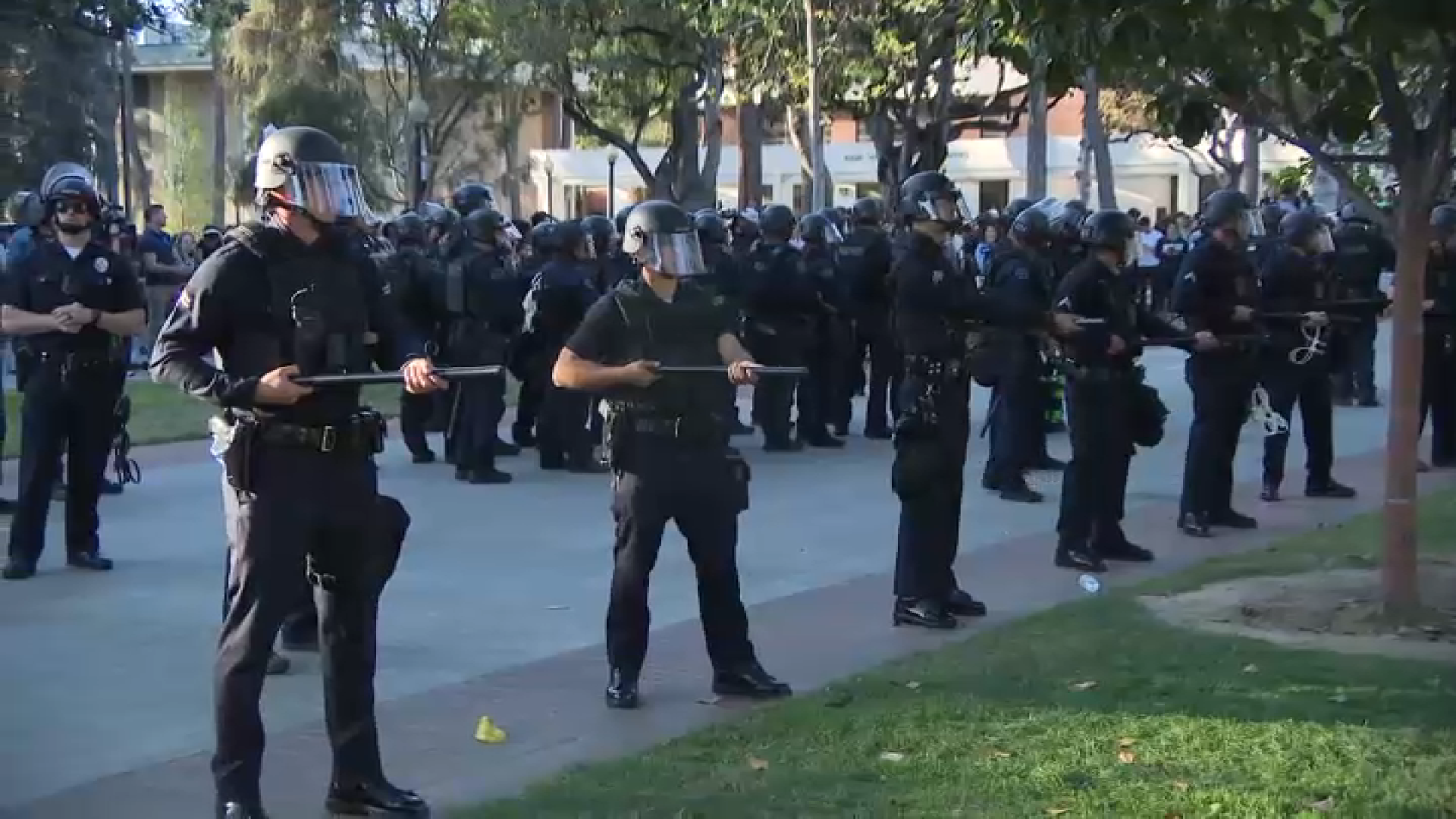Moving forward with just a few of the projects outlined in an earthquake action plan unveiled last year would be "the biggest step forward" in Los Angeles' efforts to fortify its buildings and infrastructure against damage from violent shaking, according to the mayor's point person on earthquakes.
Full Report: Resilience By Design
The mayor's earthquake action plan, released in December, was presented Tuesday by Los Angeles Mayor Eric Garcetti and USGS seismologist Dr. Lucy Jones at a Los Angeles Chamber of Commerce event. Jones talked about proposals for protecting the city's buildings, water system and telecommunications infrastructure in the event of a devastating earthquake.
"Even if we only get to part of this, it's the biggest step forward that we've ever seen," said Jones. "I love LA. I was born and brought up here, and I want my grandchildren born and brought up here.
"This earthquake is absolutely inevitable. Let's get ready for it."
The action plan states that future earthquakes along the San Andreas Fault are expected to reach magnitude-7.8 or higher. The devastating Northridge quake was magnitude 6.7, but Los Angeles should "set a higher standard than having recovered" from the 1994 earthquake, according to the report.
Garcetti said he hopes to have ordinances passed this year that will open the door for some of the plan's elements. Some motions regarding the plan are already being considered by the Los Angeles City Council.
News
Top news of the day
Garcetti commissioned Jones to create the earthquake action plan to address issues such as water supply lines that could be damaged in a quake along the San Andreas Fault. Jones noted Tuesday that the vast majority of Southern California's water supply comes from outside the region, specifically the San Jose-San Joaquin River Delta.
"Every drop of that water has to cross the San Andreas Fault to get to us," Jones said.
The water system plan is designed to ensure firefighters have access to enough water to fight fires following a damaging quake. Fires would likely account for a significant portion of total losses, making access to water one of the top priorities, Jones said. That might involve use of seawater near coastal communities, local water resources and reclaimed water, she added.
"If we don't have water, we're going to be in really bad shape," Jones said.
The proposal also involves use of earthquake-resistant pipes, such as those installed late last year near Dignity Health Northridge Hospital Medical Center. The segmented iron pipes are designed to bend without breaking.
"Those pipes are buried," Jones said. "Nobody wants to deal with that infrastructure they don't have to look at."
Elements of the 126-page "Resilience by Design" plan were unveiled in December, including measures to retrofit certain homes and concrete structures vulnerable to collapse during an earthquake. The retrofits would be required within five years at "soft first story" structures, typically wood-framed apartment buildings with weak first-floors that are built above carports.
The plan includes a seismic safety rating system that picks up where building codes leave off. Building codes are created around requirements that ensure a low probability of collapse. The ratings system would encourage building owners to make sure their buildings not only remain standing, but remain functional.
The mayor's plan also recommends improving Internet and cellphone networks in Los Angeles by working with telecommunications companies. He also proposed creating a solar-powered, citywide wireless Internet network and fortifying cellphone towers.
Funding details for the projects have not been outlined. Garcetti said it will be expensive, but that doing nothing to improve Los Angeles' ability to recover from a devastating quake will be more costly.



